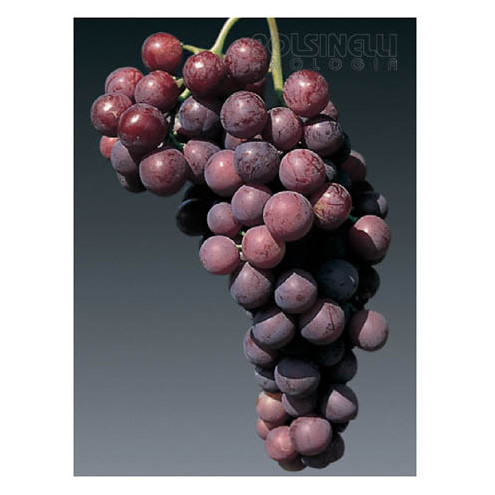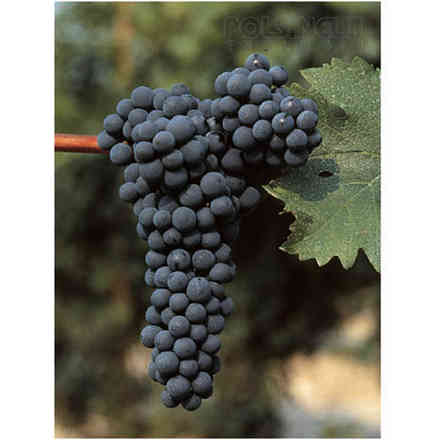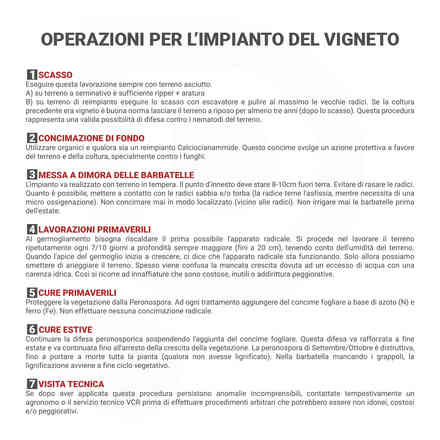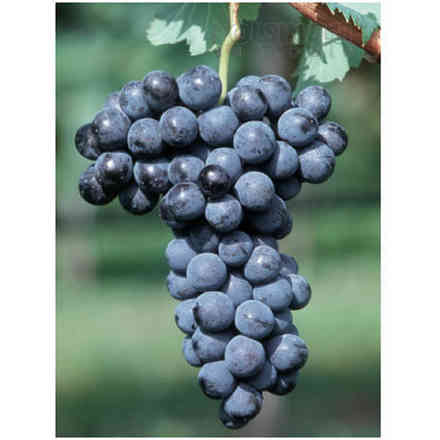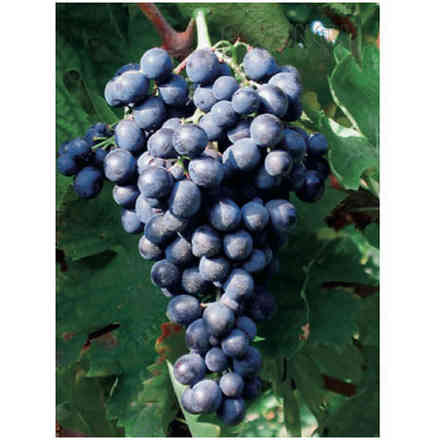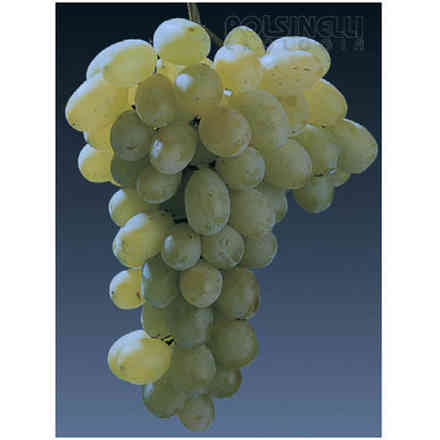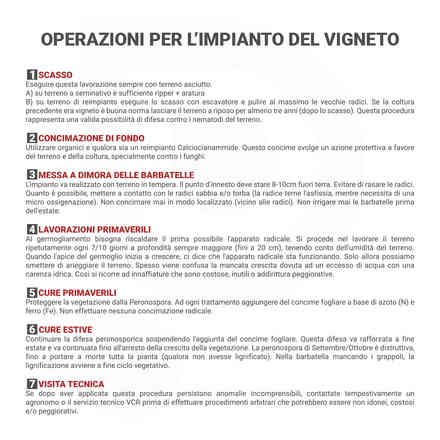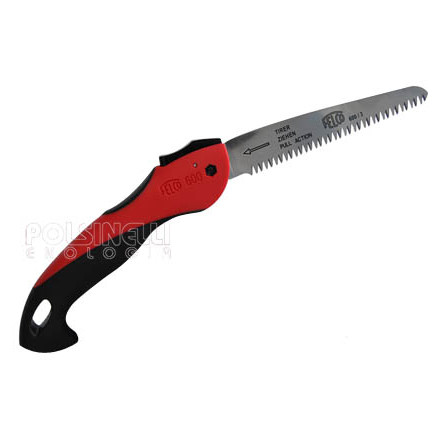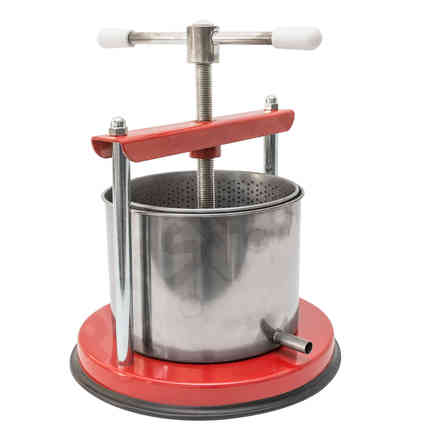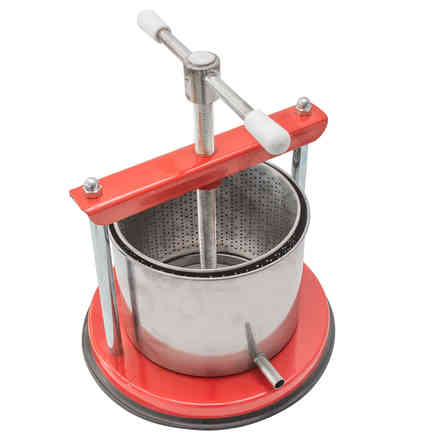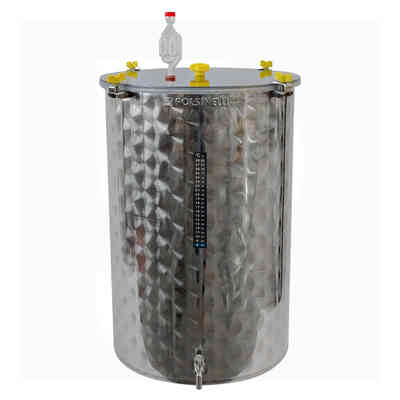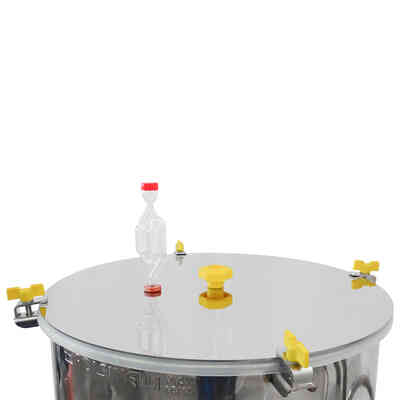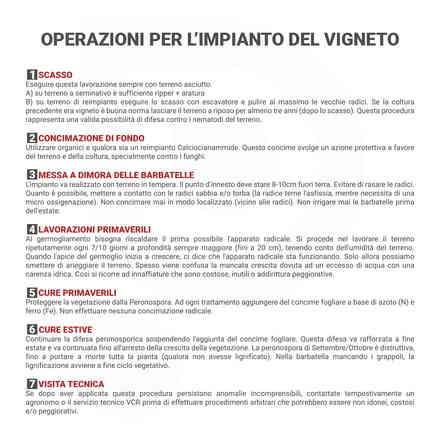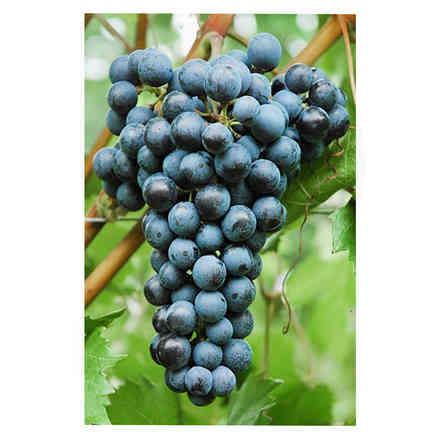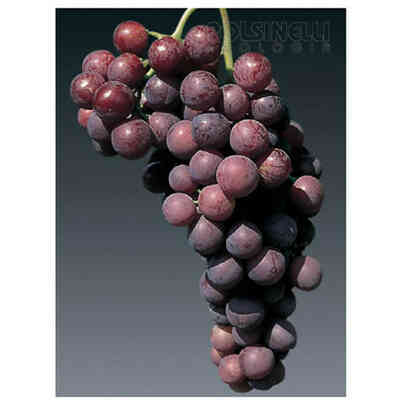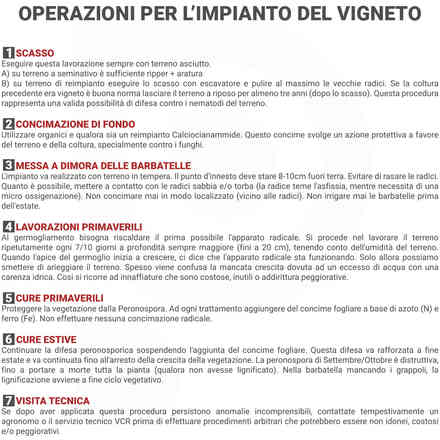
Cardinal (10 pieces)
Description
 AUTHORIZED RETAILER
AUTHORIZED RETAILER
Barbatella Cardinal (10 pieces)
Rootstocks: 1103P - K5BB - S04 - 140RU - 420A (Will be sent the rootstock available at the time)
Obtained in 1939 by E. Snyder and F. Harmon of the U.S. Horticultural Field Station in Fresno, California, by crossing Regina Vigneti x Alphonse Lavallée.
- Ampelographic characteristics: bud with expanded apex, glabrous, yellowish-green, unfolded apical leaflets, green with bronze shades, translucent. Leaves: medium, elongated pentagonal, tri-pentalobate, smooth, wavy, glabrous. Petiolar sinus U-shaped. Glabrous underside. Cluster: fairly large, cylindrical-conical, elongated, sparse, sometimes winged. Berry: medium-large, round or sub-round; skin: medium-thick, pruinose, not very uniform reddish-purple colour; flesh: crisp, sweet, pleasant, neutral flavour.
- Cultivation and pruning: it is suitable for both the "tendone" and the "cordone speronato" systems. It is necessary to intervene with suitable green pruning, suckering and leaf removal for a more uniform colour setting.
- Sensitivity to disease and adversity: sensitive to downy mildew and scoriosis.
- Overall assessment: due to its good characteristics it is one of the best early black grapes. Its resistance to transport is not very good, and even more so on the plant: when ripe, it should be harvested immediately. Excessive watering must be avoided so as not to break the berries.
Phenological and agronomic characteristics
- Sprouting time: medium-early.
- Ripening time: medium-early.
- Vigour: good.
- Real fertility: 1.5.
- Production: medium-high.
- Cluster weight: 500-600 g.
- Berry weight: 7-9 g.
- Grape seeds: 2-3 per berry.
- Sugar content: 15-16%.
- Total acidity: 5.6‰.
- PH: 3.40.
- Resistance to transport: fair
Clones in multiplication: Cardinal ISV-VCR24, ISV-VCR26. The clones in question were selected in collaboration with the Istituto Sperimentale per la Viticoltura di Conegliano Veneto (TV). Cardinal ISV-VCR24 shows a slightly earlier ripening and a slightly higher than average sugar level, while Cardinal ISV-VCR26 reflects the population average. Inra-Entav 80.
CULTIVATED AREA IN ITALY
YEAR 1990 2000 2010
HECTARES 3,383 1,105 1179
RULES TO PLANT A VINEYARD
1. PLOW
You must perform this operation always with dry soil
A) On arable land is generally sufficient to ripper + to plow
B) On planting soil is generally sufficient to plow with an escavator and to clean the old roots.
If the previous crop was a vineyard, it is a good idea to leave the soil fallow for at least three years (after plowing). This procedure represents a valid possibility of defence against soil nematodes.
2. SOIL FERTILIZATION
Use organics and if it is a reimplantation, use Calciumocyanamide.
This fertiliser has a protective effect on the soil and the crop, especially against fungi.
3.PROPAGATING GRAPE VINE CUTTINGS
The planting should be carried out in temperate soil. The grafting point should be 8-10 cm above ground. Avoid shaving the redices. As much as possible, put sand and/or peat in contact with the roots (the root fears asphyxiation, while it needs a micro-oxygenation). Never fertilize in a localized manner (near the roots). Never water the rooted cuttings before summer.
4.SPRING WORKS
When sprouting, the root apparatus must be heated as soon as possible. Work the soil repeatedly every 7/10 days at increasing depth (up to 20 cm), taking into account the moisture of the soil. When the apex of the bud starts to grow, it means that the root system is functioning. Only then can we stop watering the soil. Failure to grow due to access to water is often confused with a lack of water. This is why watering is used which is expensive, useless or even worse.
5.SPRING CURE
Protect vegetation from Peronospora. To each treatment add nitrogen (N) and iron (Fe) foliar fertilizer. Do not make any radical fertilization.
6.SUMMER CURE
Continue with the defense against Peronospora by suspending the addition of the foliar fertilizer. This defense should be reinforced in late summer and should be continued until vegetation growth stops.
The September/October blight is destructive, to the point of bringing death to the whole plant (if it has not lignified). The rooted vine lacks clusters, so lignification occurs at the end of the vegetative cycle.
7.TECHNICAL VISIT
If incomprehensible anomalies persist after this procedure, contact an agronomist or the VCR Technical Service promptly before carrying out arbitrary procedures which may be unsuitable, expensive and/or worsening.














